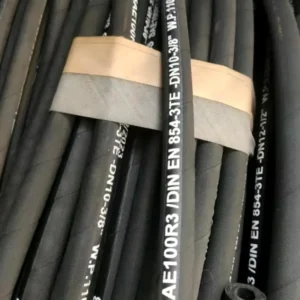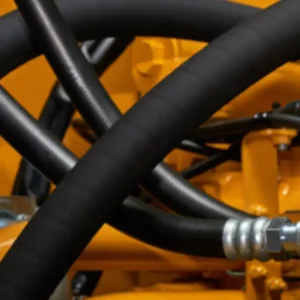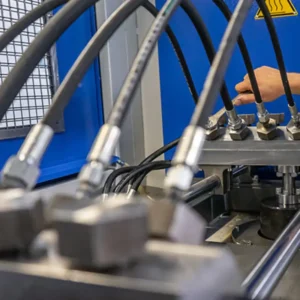We’ve often been asked, “Does pressure washer hose length affect pressure?” and the simple answer is a resounding yes. It’s a common but critical oversight that can significantly impact your cleaning performance. Many people assume that a longer hose is always better for more reach, but they don’t realize the hidden trade-off: a noticeable drop in power.
In this guide, we’ll demystify the physics behind this phenomenon, explain how much pressure you can expect to lose, and provide practical advice to help you choose the ideal hose length for your specific needs. Understanding the relationship between hose length and pressure is key to getting the most out of your equipment and tackling any cleaning job with maximum efficiency.
What is a Pressure Washer Hose?
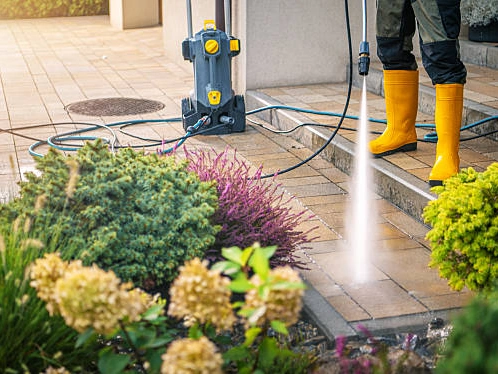
A pressure washer hose is a specialized, reinforced hose designed to safely transport high-pressure water from the pressure washer’s pump to the spray gun. Unlike a standard garden hose, which operates at low pressure, a pressure washer hose is engineered to withstand immense force, typically ranging from 2,000 to over 6,000 PSI.
These hoses are constructed with multiple layers, including a durable inner tube and a middle layer reinforced with materials like braided steel wire or high-strength yarn to prevent bursting. The outer cover is made from tough materials such as rubber or polyurethane to resist abrasion and kinking. Choosing the right hose—considering its pressure rating, length, and material—is essential for safety and optimal performance.
Does Pressure Washer Hose Length Affect Pressure
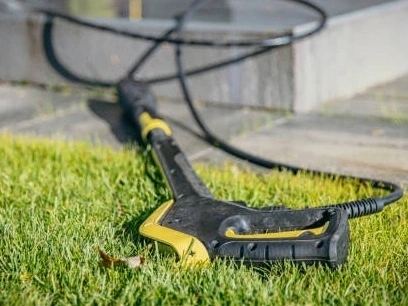
Does the length of a pressure washer hose affect pressure? The answer is yes; the longer the hose, the lower the pressure. This is a fundamental principle of fluid dynamics. As water flows from the pump to the nozzle, it creates friction against the inside of the hose. The longer the hose, the greater the friction, resulting in a loss of pressure by the time the water reaches the spray gun.
While pressure loss is inevitable, it’s typically minimal for most residential users. For a typical 3000 PSI pressure washer using a 3/8-inch hose, you can expect a pressure loss of approximately 50 PSI for every 100 feet of hose. This may seem significant on paper, but it’s only a small portion of the total pressure and is typically unnoticeable during typical cleaning tasks.
The Pressure vs. Flow Rate Conundrum
When we talk about a pressure washer’s performance, we’re really talking about two key metrics: PSI (Pounds per Square Inch) and GPM (Gallons per Minute). The hose length primarily affects the PSI, but the GPM is also a factor. A longer hose can impact both, creating a less efficient spray. A hose that’s too long can cause a significant drop in PSI, meaning less force to blast away dirt, while a restricted GPM means less volume to rinse it away. It’s a delicate balance, and we’ve put together a simple table to illustrate the relationship.
| Hose Length | Typical PSI Loss (Approximate) | Impact on Cleaning |
| 25 ft. | Minimal (1-2%) | Ideal for close-range tasks where maximum power is needed. |
| 50 ft. | Low (3-5%) | A great balance of reach and power for most residential jobs. |
| 75 ft. | Moderate (5-8%) | A good option for larger properties, but a slight power loss will be noticeable. |
| 100 ft. | Significant (8-15%+) | Best for large projects where reach is the top priority and pressure loss is a known trade-off. |
How Much Pressure Do You Actually Lose?
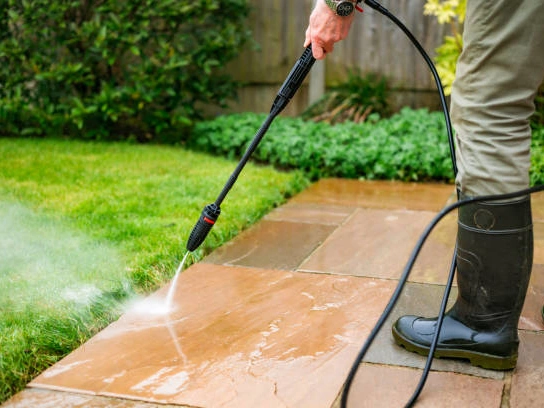
It’s one thing to understand the theory, but we know what you’re really asking is, “What are the numbers?” The exact pressure loss depends on several factors, including the hose’s diameter, its material, and the GPM of your machine.
As a general rule, you can expect to lose about 1-2% of your PSI for every additional 25 feet of hose. This might not sound like a lot, but for a 3000 PSI machine, that’s a loss of 30-60 PSI. Over 100 feet, that could mean losing hundreds of PSI, which is a substantial drop in your cleaning power.
Finding the Perfect Hose Length for Your Needs
So, with all this information, how do you choose the right length? It really comes down to your personal needs and priorities. We’ve found that for most residential projects—cleaning a driveway, washing a car, or a small deck—a 50-foot hose offers the best compromise. It gives you enough reach to move around without constantly relocating your pressure washer, but the pressure loss is minimal. For professional use or larger properties, a 75 or 100-foot hose may be necessary, but you should be prepared for the pressure drop.
The Pitfalls of a Hose That’s Too Long
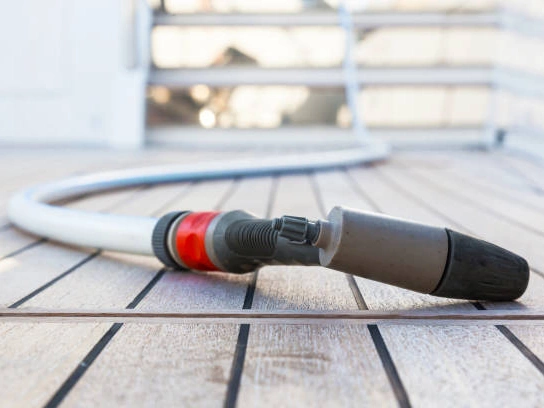
Using a hose that is much longer than necessary has more downsides than just pressure loss. We’ve personally experienced the frustration of a 100-foot hose getting tangled and kinked. It’s a major safety hazard and can be a huge time-waster. Here are some of the key problems we’ve run into:
- Tangles and Kinks: A longer hose is much harder to manage and coil properly, leading to frustrating knots and kinks.
- Reduced Portability: The extra weight and bulk make your equipment harder to move and store.
- Increased Wear and Tear: A longer hose is more likely to be dragged across rough surfaces, leading to scuffs and damage.
Conclusion
The pressure washer hose length does affect pressure. By understanding the trade-off between hose length and power, you can select the appropriate hose length and even choose different diameters to minimize the effects of pressure drops. Taking the time to consider these factors is a simple step that will make your pressure washer cleaning more effective and safer.

